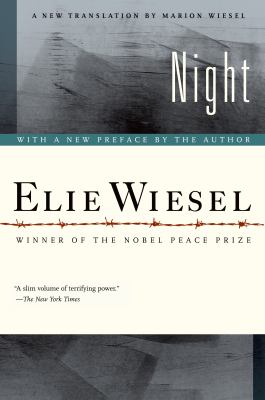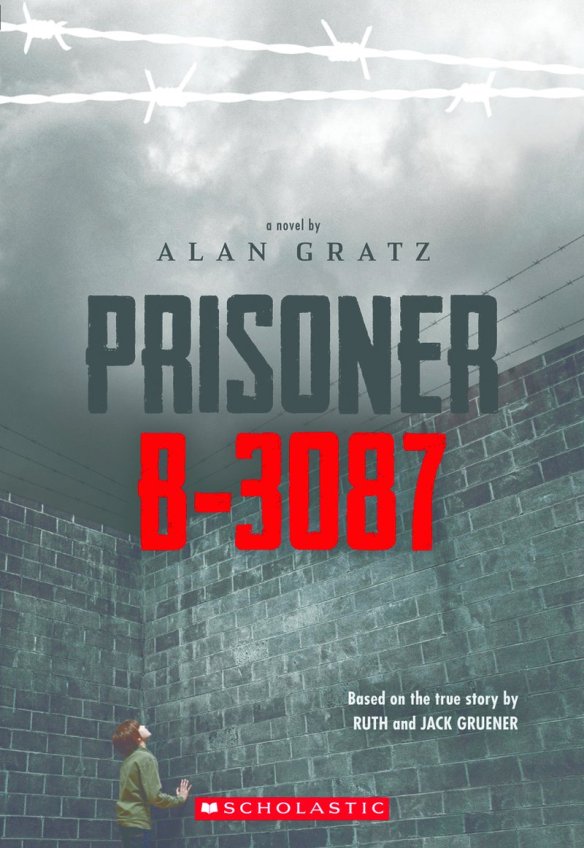Imagine moving to a new home where everything feels strange, and no one will tell you why. That’s what happens to Bruno, a curious nine-year-old boy, in The Boy in the Striped Pajamas by John Boyne. One day, while exploring, he meets a boy named Shmuel sitting on the other side of a barbed-wire fence. Even though they come from different worlds, they become friends—but Bruno doesn’t realize the terrible truth about where Shmuel lives. This is a powerful and emotional story about friendship, innocence, and the horrors of the Holocaust.
One of my favorite parts of the book was Bruno’s friendship with Shmuel. Even though they live very different lives, they understand each other in a way no one else does. Bruno is curious and doesn’t see why the fence should keep them apart, while Shmuel knows more than he can say. Their friendship feels real and makes you care about both of them.

Bruno’s family also plays an important role in the story. His father is a strict Nazi officer in charge of the camp, his mother starts to realize something is wrong, and his older sister, Gretel, slowly changes as she begins believing in the ideas of the adults around her. Then there’s Lieutenant Kotler, a young soldier who is always at Bruno’s house. He is cruel and harsh, especially to the people on the other side of the fence, showing just how unfair and dangerous the world around Bruno really is.
As the story unfolds, we learn that Shmuel is a prisoner in a concentration camp during the Holocaust, a time when millions of Jewish people were taken from their homes and sent to camps where they were treated terribly. Bruno, who doesn’t understand what’s happening, thinks the people in striped pajamas are just living another kind of life. The fence between him and Shmuel is a symbol of the way the world separates them.
One of the most intense parts of the book is the ending, which is both shocking and heartbreaking. It makes you think about how unfair and cruel the Holocaust was, especially for innocent people like Shmuel. The story stays with you long after you finish reading.
What I liked most about The Boy in the Striped Pajamas was how it showed the world through a child’s eyes. Bruno doesn’t see enemies or differences—he just sees a friend. This makes the story even sadder, but also more powerful. If you like books that make you think and feel deeply, I highly recommend The Boy in the Striped Pajamas.
The Boy in the Striped Pajamas by John Boyne is available for checkout from the Mission Viejo Library. It can also be downloaded from Libby.







